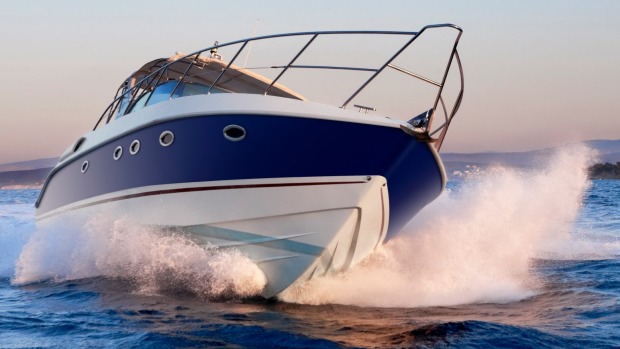
An archived Cunard Daily Bulletin newsletter from a 1912 voyage on the Lusitania features a mix of articles and adverts, including one for Pears' Soap and Brand's Essence of Beef, which it suggested would aid recovery from seasickness.
It took a few decades for transatlantic cruising to become the pleasant experience it is today, but although things have moved on since beef essence was prescribed as a remedy for mal de mer, the vagaries of the sea should never be underestimated. The Atlantic can be a millpond in October and the Aegean can turn gale-force in August.
Though bad weather can strike at any time, motion sickness is rare on today's cruise ships. One of the most common remarks from passengers new to cruising is: "Are we actually moving?" On most ships you'll have no idea, unless you are up on deck, that you've actually set sail.
Modern-day technologies and stabilisers flanking the hull (to counteract against rolling) mean that even in rough weather motion is greatly reduced. It is unlikely that you will lose more than a couple of days to seasickness on board a newer mid-size or resort ship.
Anyone who is pre-disposed to motion sickness should pick an itinerary that hugs the coastline (ships with a shallow draft in the Mediterranean and Hurtigruten, which offers Northern Lights cruises in Norway are a good example).
If crossing the Atlantic choose a ship that's built for ocean travel. With a hull designed to slice through waves at high speed, Cunard's Queen Mary 2 is the world's largest ocean-going liner. When Hurricane Sandy hit the east coast of America in 2012, QM2 was the only ship that didn't either cancel sailing or alter course – she sailed at 24 knots into an 80-knot headwind.
Certain seas – the Bay of Biscay, North Sea Crossing and Drake Passage – can be notoriously rough. Today however, even the notorious Drake Passage can be avoided – at a price. Quark Expeditions now offers fly-cruise voyages for those who want to experience Antarctica over a shorter time period and skip the Drake Passage one way, or both ways.
Smaller ships, including the clipper vessels, are best avoided if you really do turn green at the sight of a white cap, and those pre-disposed to motion sickness should also be mindful of tendering – the means by which passengers reach the shore when a ship is at anchor.
Tender boats, which often double as lifeboats, can roll significantly on a swell. If the sea is rough it may be wise not to go ashore – however short the crossing. Smaller ships and adventure-cruise itineraries often incorporate excursions by zodiac, a small inflatable rib. Again, stick to larger vessels as motion sickness is likely.
According to a travel health expert, the choice of remedy for seasickness boils down to personal preference, with trial and error to find one that suits.
Precautions include pressure bands, drugs or natural remedies. Some swear by ginger. A popular, convenient option is the scopolamine patch – a small stick-on patch containing a drug that is slowly absorbed through the skin. Each patch can last around three days, and is highly effective (but read the small print for side effects which can include drowsiness). In more severe cases the ship's doctor can administer an injection.
Most mid to large-size cruise ships have well-equipped medical centres on board but stock up beforehand just in case.
If concerned, seek advice from a specialist cruise agent and choose a ship, destination and season that will reduce the chances of seasickness or opt for a river cruise, where the chance of motion sickness is almost zero.
- When booking a cruise ask for a cabin in steerage (midship). Cabins at the front of the ship get the brunt of any movement. Inside cabins (no window) can upset your natural balance.
- Failing this, once on board find an outside spot on the lower deck for that fixed point on the horizon.
- Pick a large, newer vessel. Choose an itinerary with a cruise terminal at every port so you do not need to use smaller boats to get ashore.
- If feeling queasy eat something, but avoid over-eating.
- Consider river cruising – you're unlikely to get motion sickness on Europe's tranquil waterways.
- Consult a travel clinic or your GP: prevention is better than cure. And travel with an anti-nausea remedy in reserve, just in case.
The Telegraph, London